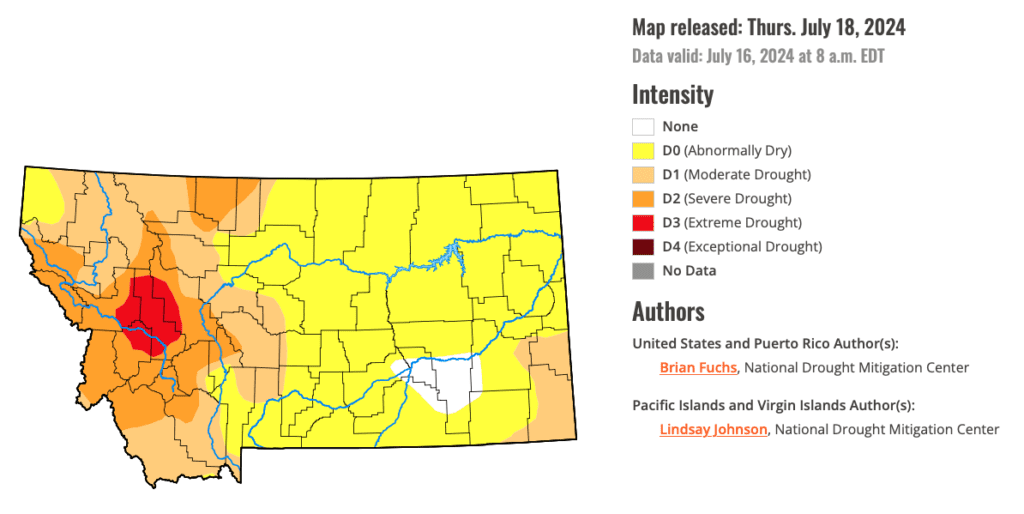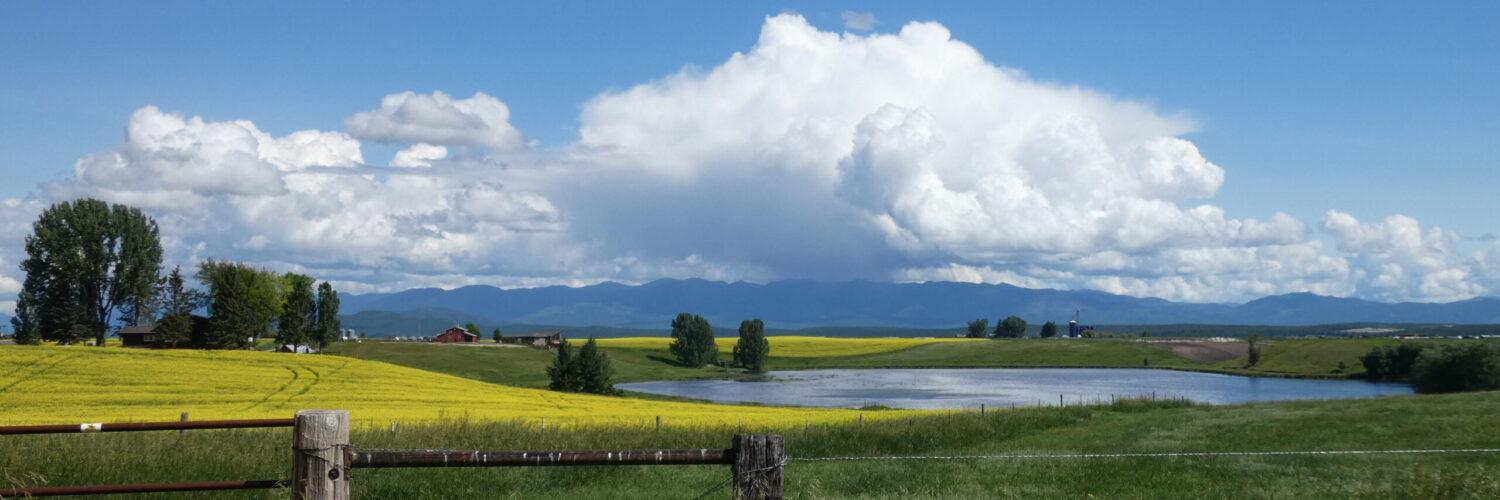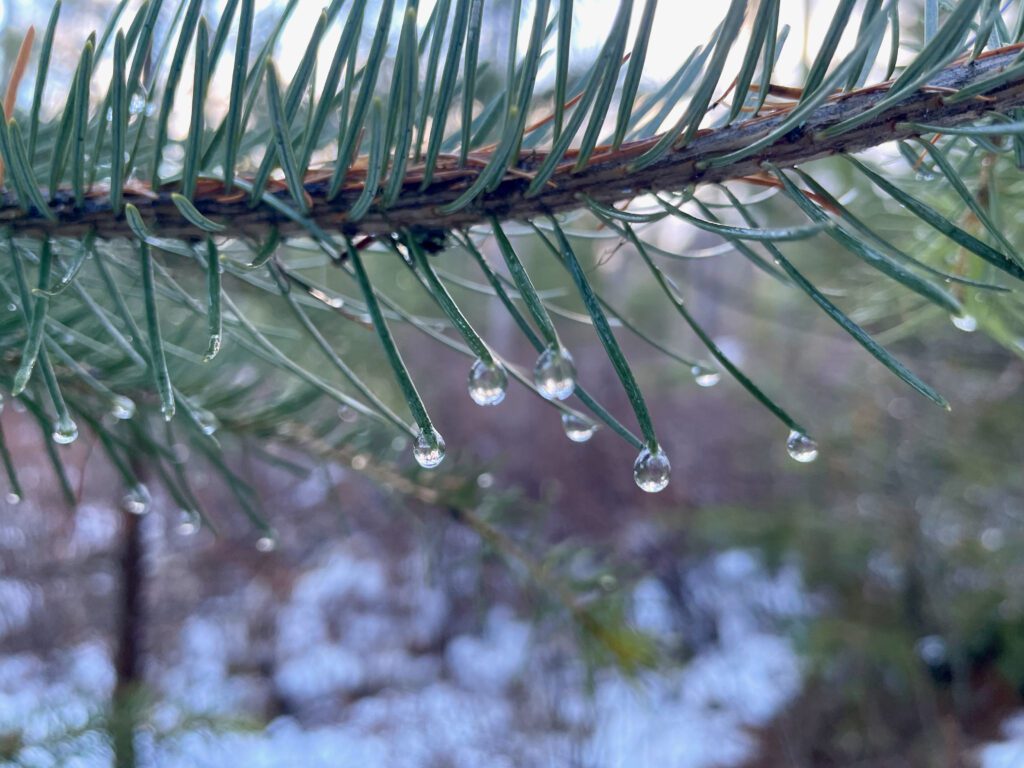by Skip Via
skip@westvalleynaturalists.org
Editor’s Note: Three days after this post was written, Montana FWP announced an “unprecedented” fishery closure (“hoot owl restrictions”) on the North Fork of the Flathead River due to record high water temperatures and rapidly decreasing stream flow in the absence of any meaningful precipitation this summer.
A year ago, when most of the valley was in the throes of an extreme drought, I posted an article titled Hydrology Snapshot, July 2023 in which I started the process of keeping track of some issues related to water usage, precipitation, and water management in the Flathead Valley.
It’s now mid-July 2024. We’re still experiencing drought conditions, but the severity has been downgraded to moderate/severe. Droughts are rated on a 5 point scale: D0 (Abnormally dry), D1 (Moderate), D2 (Severe), D3 (Extreme), and D4 (Exceptional). 99.62% of the Flathead is considered to be in Moderate (D1) conditions as of this writing.



